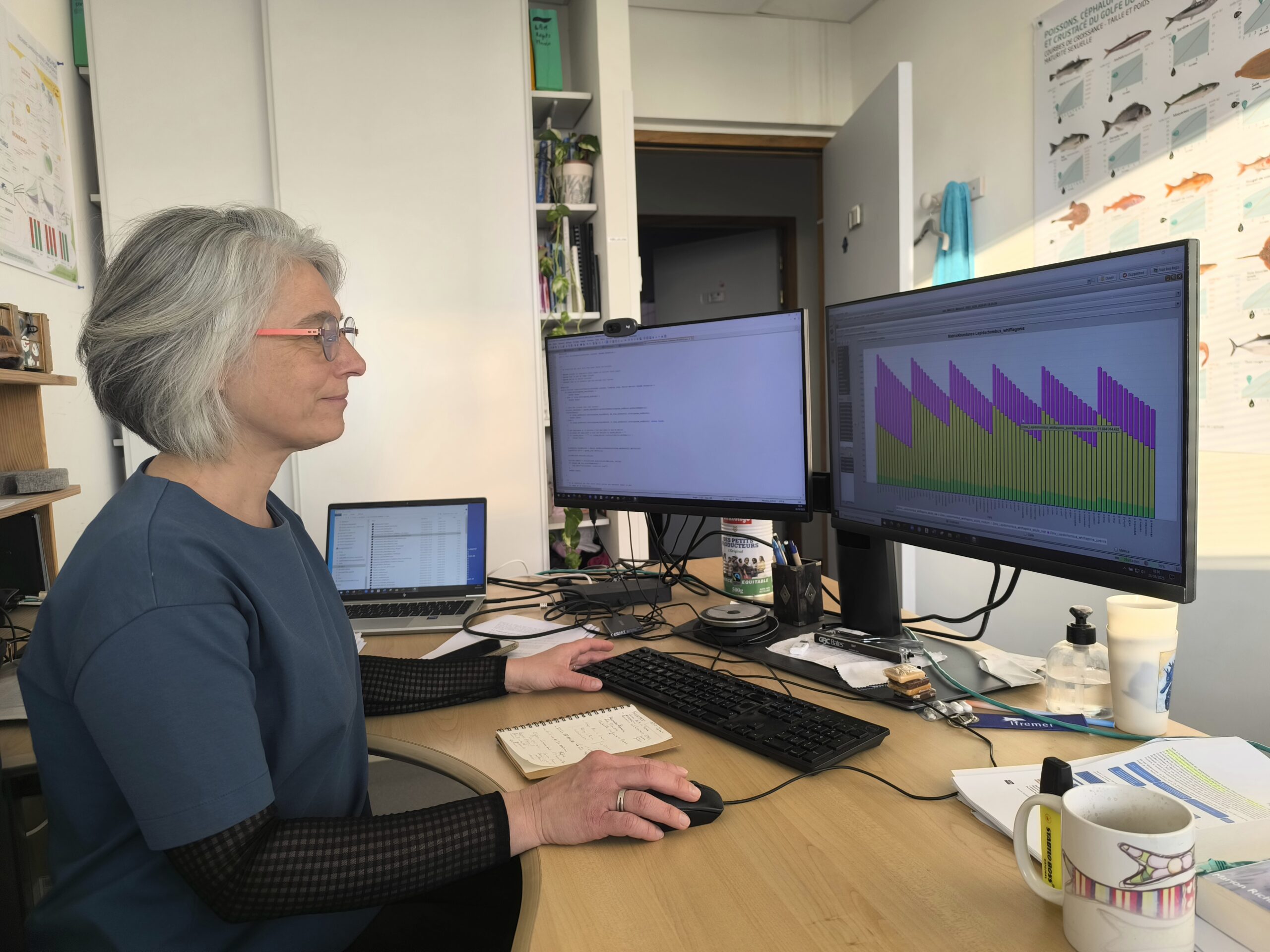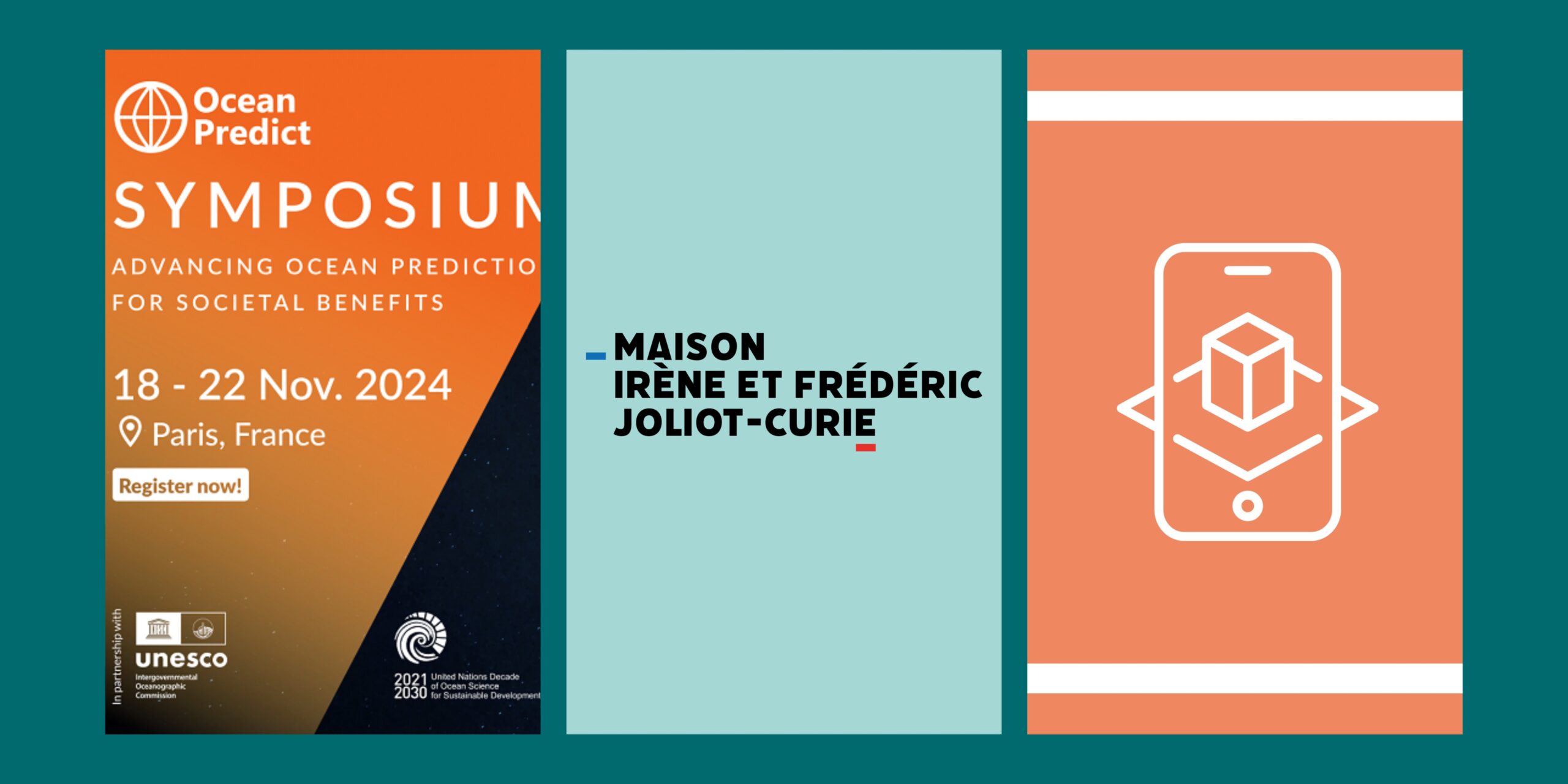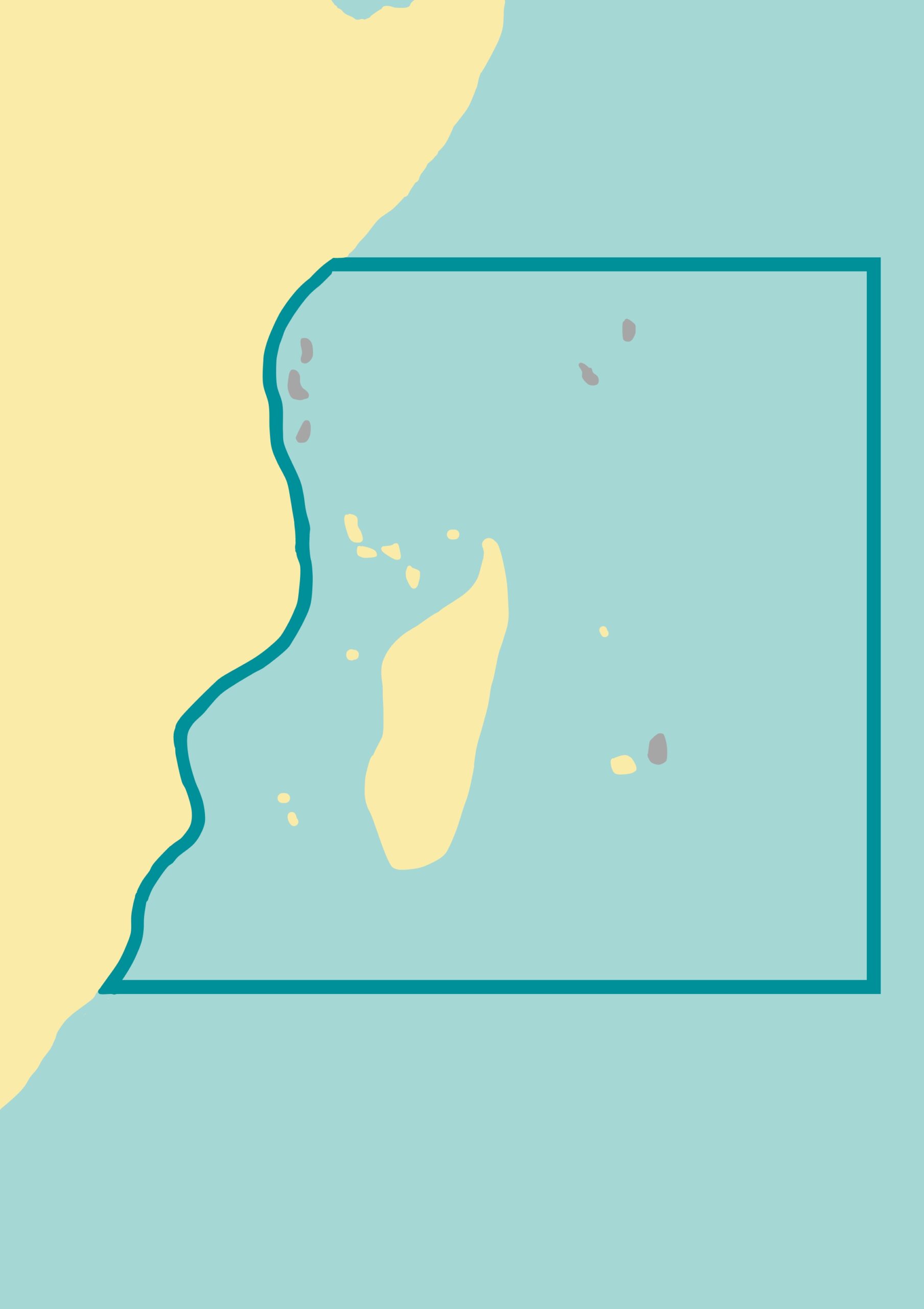
TP 3 : AVATAR
Duration: 10 years
Project leader: CNRS
Key partners: Ifremer, IRD, Météo-France, Sorbonne University, University of Western Brittany
BRIDGES-AVATAR aims to create the right foundations for a ‘digital avatar’ to simulate the two types of social-ecological systems studied in the BRIDGES program. This consists of modular scientific tools used to generate and analyse:
- system trajectories in different contexts of climate, economic and societal change
- existing spatial management methods and tools
- possible future outcomes associated with different management scenarios for the systems under study.
The trajectories simulated by the BRIDGES avatar are intended to serve as input for the management strategies put in place at the study sites by administrators and decision-makers. This avatar could ultimately be used to help extend the digital twin of the natural ocean system developed by Mercator-Ocean International at the European scale.
The first phase of BRIDGES-AVATAR will be implemented from 2024 to 2030 with the objective of producing a set of validated modelling tools and a first set of numerical trajectories associated with scenarios. These will be used to model the dynamics of social-ecological systems. The other TPs (particularly BRIDGES-RESILIENCE and BRIDGES-CO-CONSTRUCTION) will be able to use the digital avatar to simulate other sets of scenarios during the program’s last 4 years.
BRIDGES-AVATAR will use innovative approaches that combine quantitative models describing natural and socio-economic systems with broader qualitative approaches that describe socio-economic contexts and the governance thereof. This approach incorporates major scientific advances with high-resolution modelling of the coupled ocean-atmosphere and regional social-ecological systems. It also takes human needs for natural resources (food, habitats) into account along with human impacts on marine ecosystems like pressure caused by fishing, urbanisation, climate change, and so forth.

BRIDGES-AVATAR integrates social-ecological systems to work towards developing a digital avatar of the Ocean. The idea is for this to promote and encourage an approach featuring stronger collaboration between scientists and ocean users. The project is based on existing numerical models focusing on various components:
- Ocean circulation (NEMO, CROCO)
- Atmosphere and waves (WRF, WW3)
- Biogeochemical and marine ecosystems (PISCES, APECOSM) including fishery models (ISI-Fish)
- Small-scale fishing (CORECRAB)
- Climate change projections (BRIO).
The aim moving forwards is to consolidate these models, develop missing components, enhance their interoperability and make them available for use.
Type of data and modelling products involved: Regional climate, physical oceanography, biogeochemistry, marine and coastal ecosystems, fisheries and the socio-economic conditions in which the resources studied are exploited.
- Training sessions on digital modelling techniques and methods and on the data analysis tools used. These will be organised by the Capacity Sharing segment during a summer school in the third year of BRIDGES and will be dedicated to modelling social-ecological systems. This activity will be planned in coordination with other initiatives like GdRI CROCO-Sud.
- Internal call for the implementation of research initiatives dedicated to modelling coastal/coral social-ecological systemsto be run in collaboration with research teams in the SWIO.
2025:
- Downscaling methods for coastal sites
2026 :
- Definition of future scenarios
- Recommendations for the observation system2027 :
- Modelling system for the Southwestern Indian Ocean and Mozambique Channel
- Coupling of Lagrangian tools
2028 :
- Simulations of the present and future state of the ocean
- Simulations on the scale of study sites
2029 :
- Regional social-ecological systemmodelling
2030 :
- Coastal social-ecological systemmodelling
2030 – 2033 :
- Simulation of new scenarios developed by BRIDGES RESILIENCE and BRIDGES CO-CONSTRUCTION
Pierre BRASSEUR (CNRS)

Pierre Brasseur is a senior CNRS researcher (DR1) who currently works at the Institute of Environmental Geosciences which he founded in 2016 and directed until 2020. His scientific expertise covers ocean circulation modelling, data assimilation in numerical models and coupling physical, biogeochemical and ecosystem models, the study of ocean circulation variability using satellite observations, designing satellite and in situ observation systems and the implementation of operational ocean analysis and forecasting systems. He is the author of 90 peer-reviewed publications and book chapters and has an h-index of 39 with over 4500 citations. In 1998 he was awarded the CNRS bronze medal.
From 2006 to 2013 he chaired Mercator Ocean’s scientific council, also coordinating R&D activities for the EU’s MyOcean projects from 2009 to 2014. From 2008 to 2013 he was a member of the international steering team for GODAE (co-chair of the Marine Ecosystem Prediction Task Team), now OceanPredict. He has co-chaired and is still a regular member of the Copernicus Marine Service’s Scientific and Technical Advisory Committee (STAC). He was also a member of the French Space Agency’s (CNES) scientific programmes committee until 2024, provides expertise for the regular process of the UN World Ocean Assessment and is a permanent member of Météo-France’s scientific committee.
Stéphanie MAHÉVAS (Ifremer)

Stéphanie Mahévas is a researcher at Ifremer in the MARBEC joint research unit, where she is responsible for the ambition “Proposing tools for the conservation of marine biodiversity and anticipating emerging risks”. She specializes in the mathematical modeling of fisheries to evaluate spatialized fisheries management scenarios in a socio-ecosystemic approach. She co-designed ISIS-Fish (isis-fish.org), a platform for modeling the spatial and seasonal dynamics of marine populations and fishing fleets, used in numerous coastal socio-ecosystems (Atlantic, Mediterranean, Eastern Indian Ocean). She is responsible for the development and networking of ISIS-Fish users. Author of a book on sensitivity analysis methods and coordinator of the Mexico network, her approach is to design models of a complexity adapted to the issues at stake and the data available, and to assess their strengths and weaknesses so that they can be used in an operational context. Through the coordination of research projects involving participatory approaches and collaborations with artists, Stéphanie strives to transfer academic productions to society.
BRIDGES AVATAR latest news


No news
